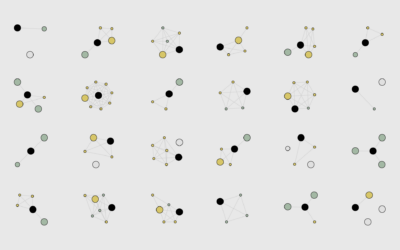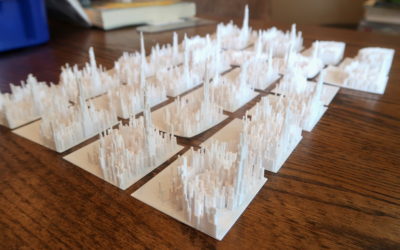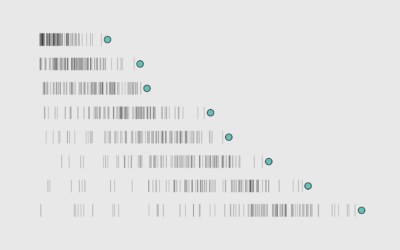Percentage of People Who Married, Given Your Age
My friend recently got engaged, and he’ll be one of the last ones in our small group of high school friends to get married. Most of us got married about a decade-ish ago, which got me wondering what percentage of people our age are or have been married by now?
That brings me back to data from the American Community Survey, which includes the marital status of millions of Americans. I used the 5-year dataset from 2015.
The chart below shows the percentage of people who married at least once, given the age. You can see the rates for different groups using the buttons on the left.
As we’ve learned, women tend to marry at a younger age than men, so the curve shifts downwards as you shift from female to male.
White and Asian people tend to marry more consistently at earlier ages than other groups. Although it’s interesting that the marriage rate approaches the 90s as you get into the older years.
 Marrying Age
Marrying Age
So, when do people get married?
Notes
- Data comes from the 2015 5-year American Community Survey, and I downloaded the microdata using the IPUMS extraction tool.
- To calculate the percentages, I looked at each age group and then calculated how many people had at least one marriage. The ACS no longer asks the age at first marriage, so I couldn’t count cumulatively. This carries with it the caveat that likely increases the marriage rate in later years. I don’t know by how much. But marriage does appear to be associated with higher life expectancy.
- I analyzed and prepared the data in R. I made the chart above with d3.js.
Become a member. Support an independent site. Get extra visualization goodness.
See What You Get





